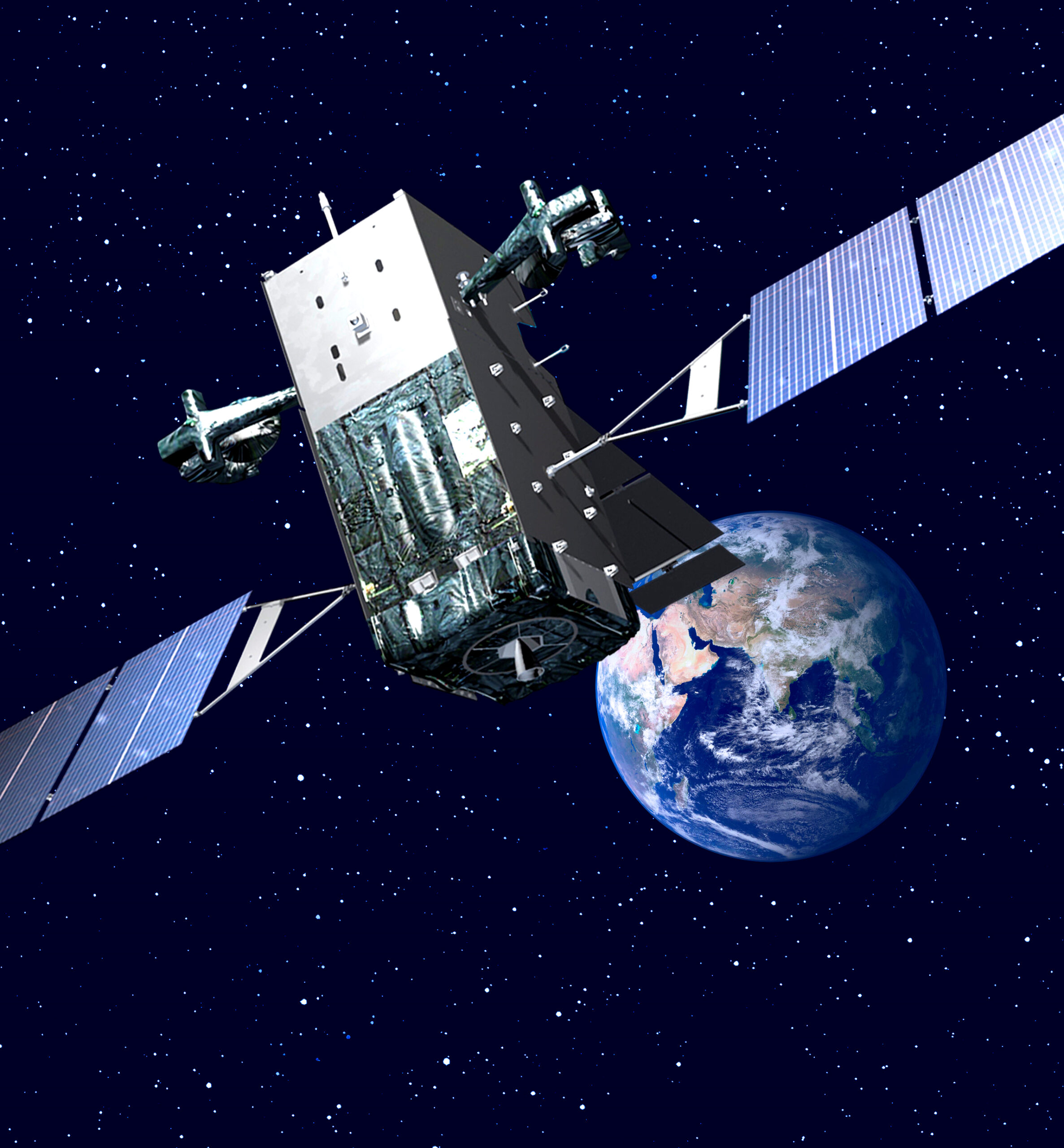WASHINGTON � The United States should harden its low Earth orbit satellites that support nuclear command and control against radiation effects from potential high-altitude nuclear detonations, according to a new report from a prominent think tank.
The Atlantic Council’s Scowcroft Center for Strategy and Security released a study July 15 titled “Modernizing Space-Based Nuclear Command, Control, and Communications†that recommends steps to protect space-based elements of the U.S. nuclear command, control and communications (NC3) system. The report comes amid growing concerns about Russia’s development of space-based nuclear weapons and the vulnerability of critical military satellites.
NC3 comprises the sensors, communications networks, and command centers that allow the President to direct nuclear forces. Its space segment includes satellites for missile warning, secure communications, and nuclear detonation detection.
“In a most disturbing scenario, the efficacy of commercial LEO satellites in supporting Ukraine could lead the Russians (or the Chinese in a Taiwan invasion, for instance) to assess that the greatest military effectiveness from the limited use of nuclear weapons would be to detonate just one in LEO,†the report stated.
A high-altitude nuclear blast could create widespread electromagnetic pulse effects and inject high-energy particles into Earth’s radiation belts, potentially crippling unprotected satellites, the authors warned. Low Earth orbit satellites between 160-2,000 km altitude are especially at risk due to their proximity.
“A high-altitude nuclear detonation would raise the peak radiation flux in parts of the Van Allen radiation belts by three to four orders of magnitude, cause the failure in weeks to months of most if not all LEO satellites not specifically hardened against this threat,†according to the report.
U.S. modernizing nuclear command technology
The U.S. is currently modernizing its aging NC3 infrastructure as part of a broader nuclear forces upgrade. Key space assets include the Space-Based Infrared System for missile warning and the Advanced Extremely High Frequency satellites for assured communications.
However, a planned shift to smaller, distributed satellite constellations in low Earth orbit creates new vulnerabilities that must be addressed, the report said. The Space Force’s Space Development Agency is deploying hundreds of satellites for missile tracking and other military purposes.
“The ability of space-based NC3 systems to ensure ‘nuclear surety’ â€� the absolute reliability and security of nuclear operations â€� is being challenged,†the Atlantic Council report stated. “This is because these systems may become vulnerable to attack or interference from advanced counterspace weapons.â€
The authors recommend accelerating deployment of radiation-hardened satellites and other protective measures for next-generation NC3 systems.
The report highlights how the emergence of multiple nuclear peers has complicated the strategic landscape. It argues that China’s nuclear buildup and views on strategic stability, coupled with the possibility of limited nuclear use, are raising questions about the adequacy of existing and planned NC3 capabilities.
On the technical front, the development of sophisticated anti-satellite weapons by Russia and China poses a direct threat to U.S. space-based NC3 assets, the study found. The transition from analog to digital systems also introduces new cyber vulnerabilities that must be addressed.
As the Pentagon shifts to more distributed satellite architectures, the report warns that nuclear surety requirements may get overlooked amid competing priorities. It calls for ensuring these critical capabilities remain a top focus in future space systems planning.
Related
Read the original article here


